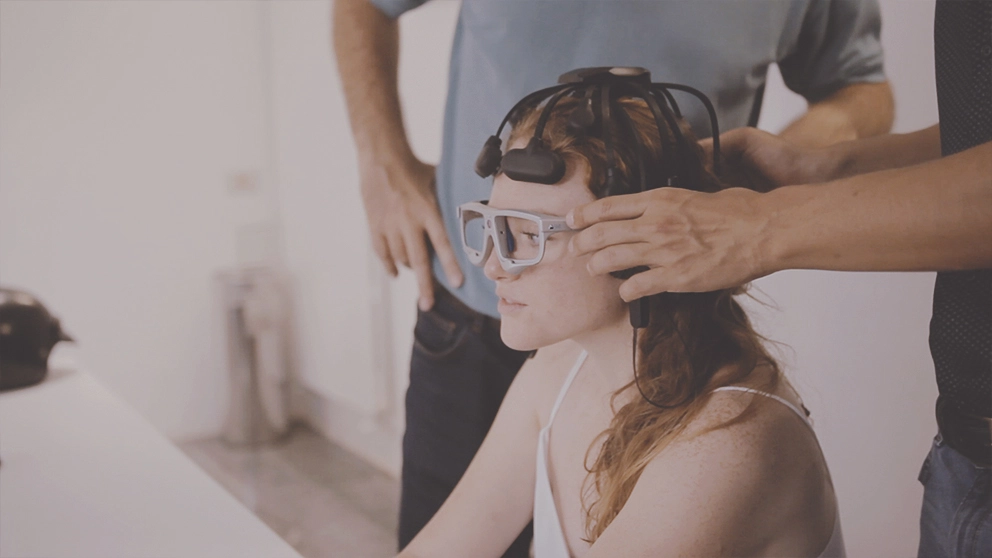Cognitive neuroscience in marketing: Improving consumer experience with EEG and building deeper connections with audiences.

Applied cognitive neuroscience offers an unprecedented opportunity to objectively understand the human brain’s responses to experience. In this article, we’ll explore how using the EEG can help improve the consumer experience, enabling businesses to make deeper and more meaningful connections with their audiences.
In the competitive world of marketing, the consumer experience has become critical to a company’s success. Offering an immersive, memorable and emotionally rewarding experience has become essential to differentiate yourself from the competition. And it is precisely in this scenario that the EEG comes into play.
EEG allows you to gain an in-depth understanding of consumers’ brain reactions when interacting with products, services or brand experiences. By measuring the electrical activity of the brain, consumers’ emotions, preferences and levels of engagement can be identified. This knowledge allows companies to tailor their offerings to best meet consumer wants and expectations.
An example of successful use of EEG is the study conducted by Nike to evaluate the brain responses of consumers during exposure to various advertising campaigns and product images. Using the EEG, visuals and messages that evoked an emotional response and heightened engagement in the consumers’ brains were identified.
The results of the study have allowed Nike to create more effective advertisements, capable of eliciting positive emotions and engagement with their audience. This has helped improve consumers’ overall experience with the brand and strengthen the emotional bond between customers and the company.
Another example is a hotel chain (Marriott International) that used EEG to study customer reaction to different room layouts and design elements. They found that some layouts and colors evoked a sense of calm and comfort, while others generated anxiety or stress. Based on this information, the company has redesigned the rooms to create a more relaxing and pleasant environment for its guests.
Using EEG in marketing not only improves the consumer experience in the short term, but also offers long-term benefits. Creating positive and engaging experiences increases consumer trust in the brand and promotes customer loyalty. Additionally, by collecting and analyzing EEG data over time, companies can continuously adjust their marketing strategies to stay ahead of changing consumer needs and preferences.

EEG in marketing represents a significant breakthrough in improving the consumer experience. Applied neuroscience enables companies to understand on a deeper level what attracts and engages consumers, enabling them to make more authentic and meaningful connections.